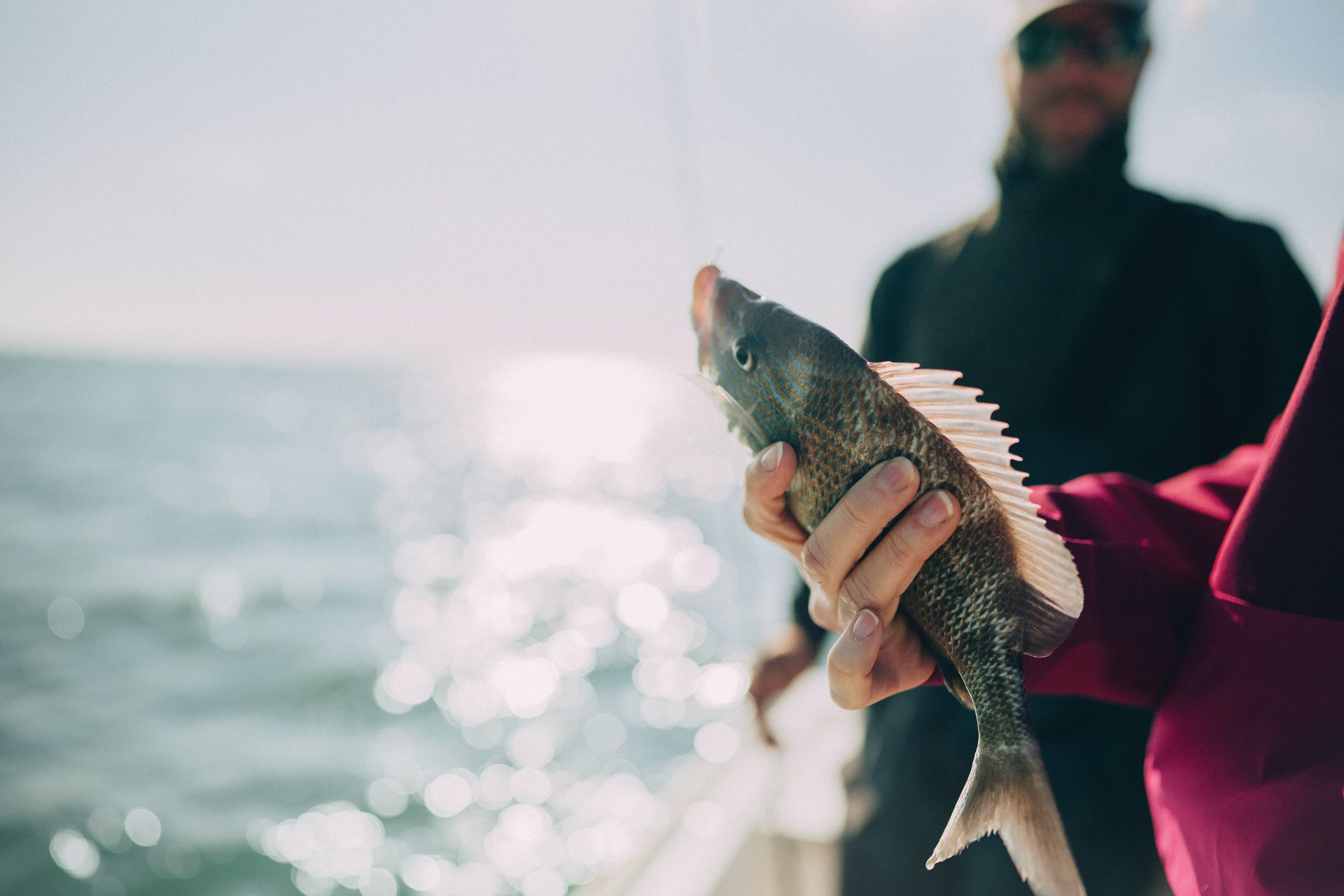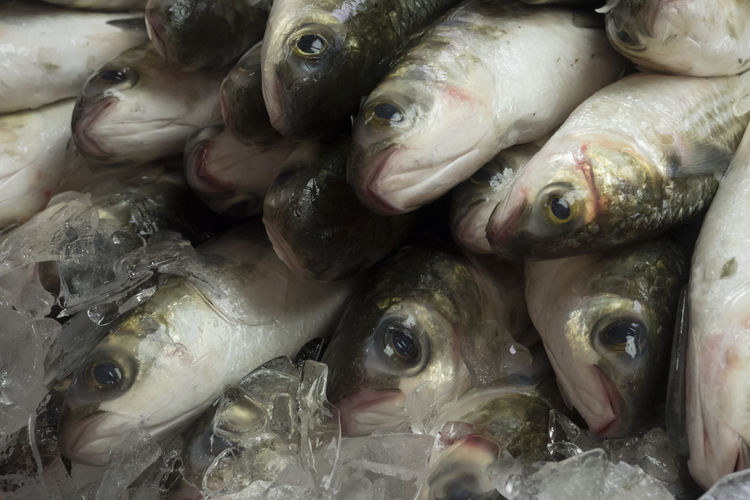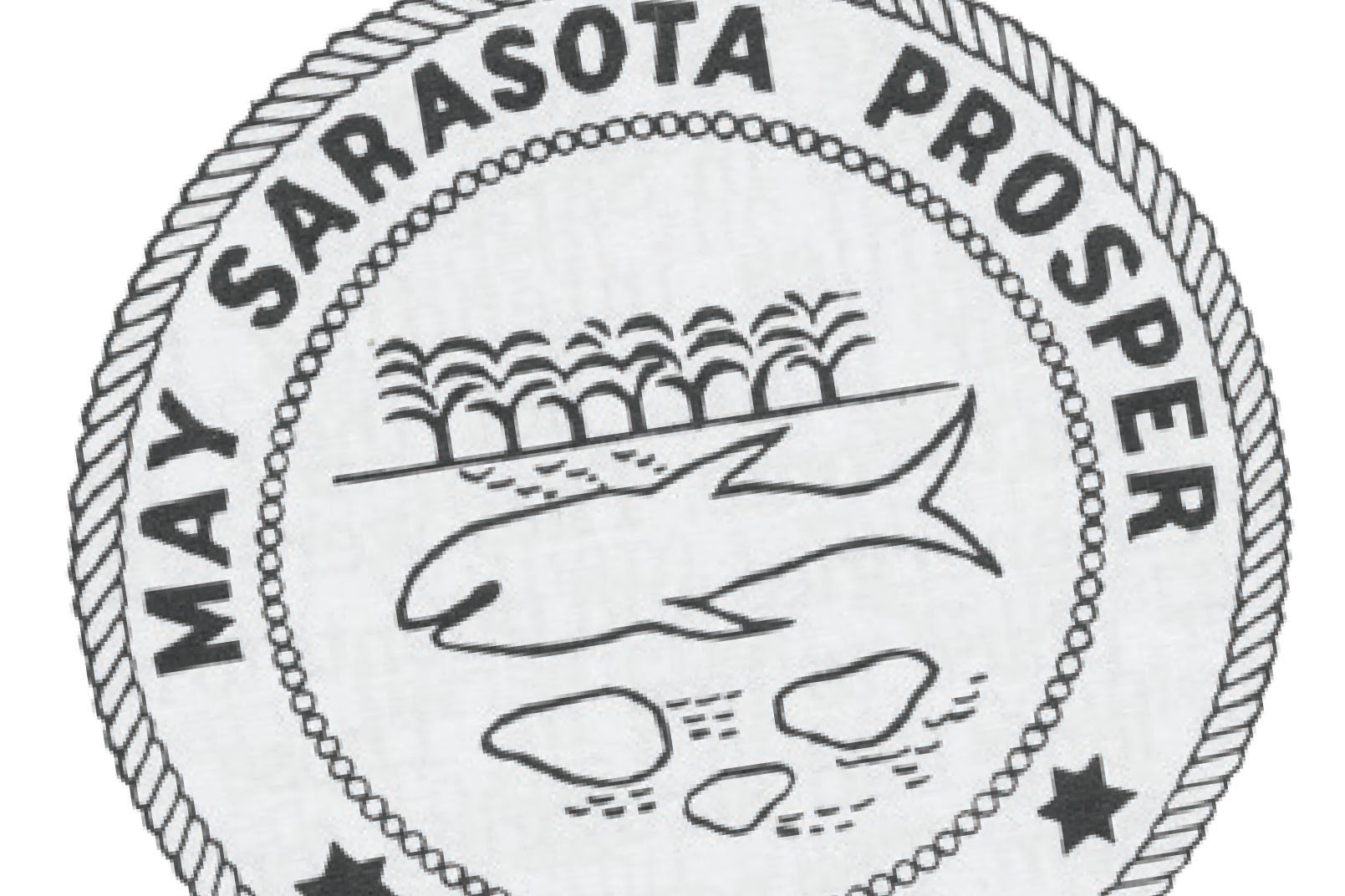Sarasota’s Waters Have Centuries of Stories to Tell
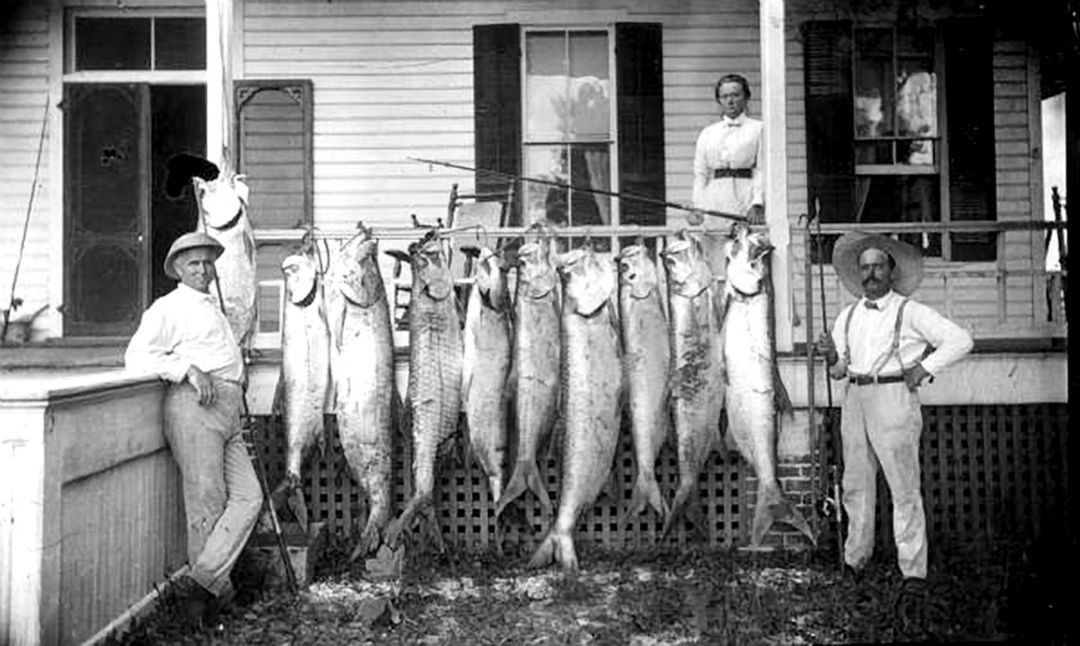
A tarpon fishing party in front of the Belle Haven Inn in downtown Sarasota in 1890.
Fishing by net and by line is woven into Sarasota’s cultural fabric and history. The first Floridians embraced the fishing life for thousands of years, and in colonial times traders from Cuba purchased dried fish by the barrel from here, adding gold coins to the local economy. Homesteaders relied on fish for protein and profit, while early sportsmen sought out the excitement of the hunt and the bragging rights of the catch. Early fish stories made their way into travel books, sporting periodicals and hometown newspapers, boosting Sarasota’s image as a fishing paradise.
One of the earliest documented sports fishermen to visit Sarasota was John Gilfillan of Colorado, who steered his yacht into Sarasota Bay in 1868 and spent the winter fishing local waters. The abundance of fish in local waters was emphasized by J.W. Walden in a letter to the editor in the Sarasota Times during his first visit in 1891: “As we approached Sarasota Pass, we met with the incoming tide a school of mullet. I captured two six pounders with my net while they were leaping in the air. The school filled the pass, it was more than a mile long. It was a sight I shall never forget.”
Businessman A.B. Edwards, born in Sarasota in 1874, recalled, “You could hardly row across to one of the keys without ending up with a dozen or so fish in your boat.” Sarasota’s first promotional brochure, published in 1887, used fishing as a real estate lure, proclaiming, “From its waters are taken, in great abundance, the mullet, the pompano, the grouper, the tarpon and the sheepshead.” Google “fishing in Sarasota” and you will see the same species being described today.
In the early years, people fished from the shore or a pier or from small rowboats and sailboats. The seagrass-carpeted bay waters, the shoals and passes, and the Gulf waters all provided a variety of fishing experiences. In 1899, gasoline became available in Sarasota, and fishing boats converted to one-cylinder flywheel engines to get out to the fishing grounds faster. Boats with guides were moored at Sarasota’s Main Street dock. As the tourism industry soared, so did the number of guides and charter boats.
Fishing was such an essential element of life here that when the kingfish would arrive in the bay, word would spread faster than a TikTok video, and people would close the doors to their businesses and grab their tackle. The original 1902 town seal depicted a mullet, along with palm trees, shells and a setting sun.

Two anglers celebrating their tarpon catch in 1903.
But it’s the mighty tarpon, a champion fighter, that put us on national, and even international, maps. In the 1880s, this fish became the target of wealthy sportsmen who flocked to Florida’s Gulf Coast. In 1911, Sarasota hosted Tarpon Day, and businesses closed so everyone could join in the fun. Small skiffs were rowed to where the tarpon boiled on the surface and, when hooked, both parties were in for a ride. After fighting for an hour or two, the fish would be brought along the boat and hauled to the shore for photographs. If holding a 100-pound fish on the line through all kinds of gymnastics was not enough, sharks were attracted by the commotion and would often get the fish before the fishermen did. Smiling people would proudly pose with their larger-than-life catches, hung from the fish-board at Sarasota’s Belle Haven Inn.
Early developers Harry Higel and Capt. Louis Roberts used tarpon photos and hyperbole to entice sportsmen to their brand-new Siesta Key on the Gulf subdivision. A picture of a tarpon graced the cover of their 1916 pamphlet that promised, “When he strikes your hook you think the bottom of the bay has opened up its mouth, swallowed your hook, and the whole globe is pulling you and your skiff to some unknown part of the universe.” Inside were photos with captions such as “seven tarpon and one 500-pound shark caught in four hours” and “500 pounds of kingfish caught in four hours by four guests.”
Local hardware man George Blackburn was so enamored with fishing he designed and patented one of the first fishing reel drags in 1907 and the first spoon designed specifically for catching tarpon in 1915. As the population increased, demand for fishing gear inspired the establishment of sporting goods stores like Tucker’s, whose slogan, “Tucker’s Tackle Takes ’Em,” appears in the background of many trophy-fish photographs.
In 1927, the newly formed Sarasota Anglers Club created the first annual Sarasota Tarpon Tournament, which was supported by the Sarasota Chamber of Commerce. Newspapers all over the country called Sarasota the most favored city in the world for tarpon fishing. In 1930, Cincinnati entrepreneur Powel Crosley Jr. helped boost the tarpon tournament with $5,000 in prizes and promotions on his Ohio WLW radio station. A local artist, Asa Cassidy, was commissioned to create a fantasy image of a women riding atop a leaping tarpon and named it The Spirit of Sarasota. This new symbol of Sarasota appeared on chamber letterhead and promotional advertisements and was cast into small bronze medallions. Today, the Sarasota Tarpon Tournament is the oldest tarpon competition in the world, attracting anglers from far and wide to hook the silver king.
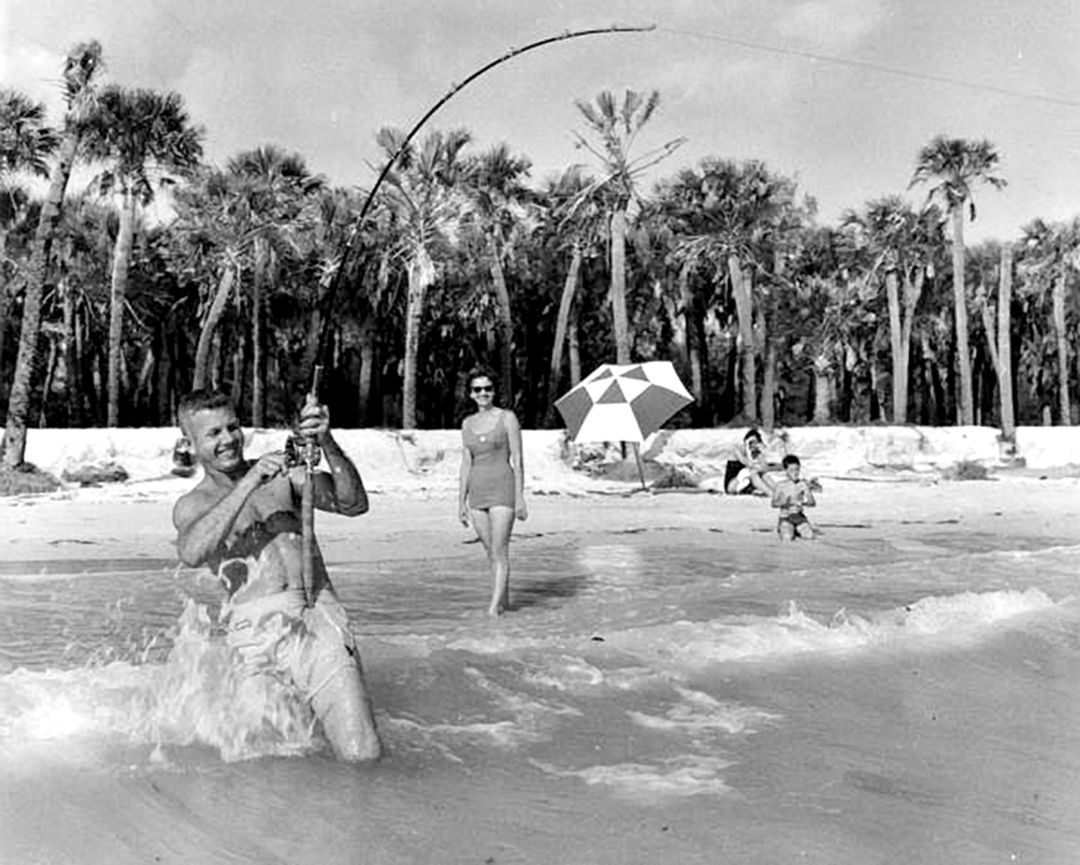
Surf casting on Longboat Key in 1958.
After World War II, Sarasota’s promotional focus shifted to the beaches and our wide variety of recreational and cultural offerings. Fishing was still included, but not as prominently as in the past. Sarasota Bay still supports many of the same species the pioneers plucked from the water, albeit not in the same quantities found in the old days.
But a quote from decades ago still rings true for Sarasota: “Too much emphasis cannot be made upon the fishing which the surrounding waters afford. When you fish here, you are sure to catch something.”
John McCarthy is Marie Selby Botanical Gardens' vice president of regional history.
